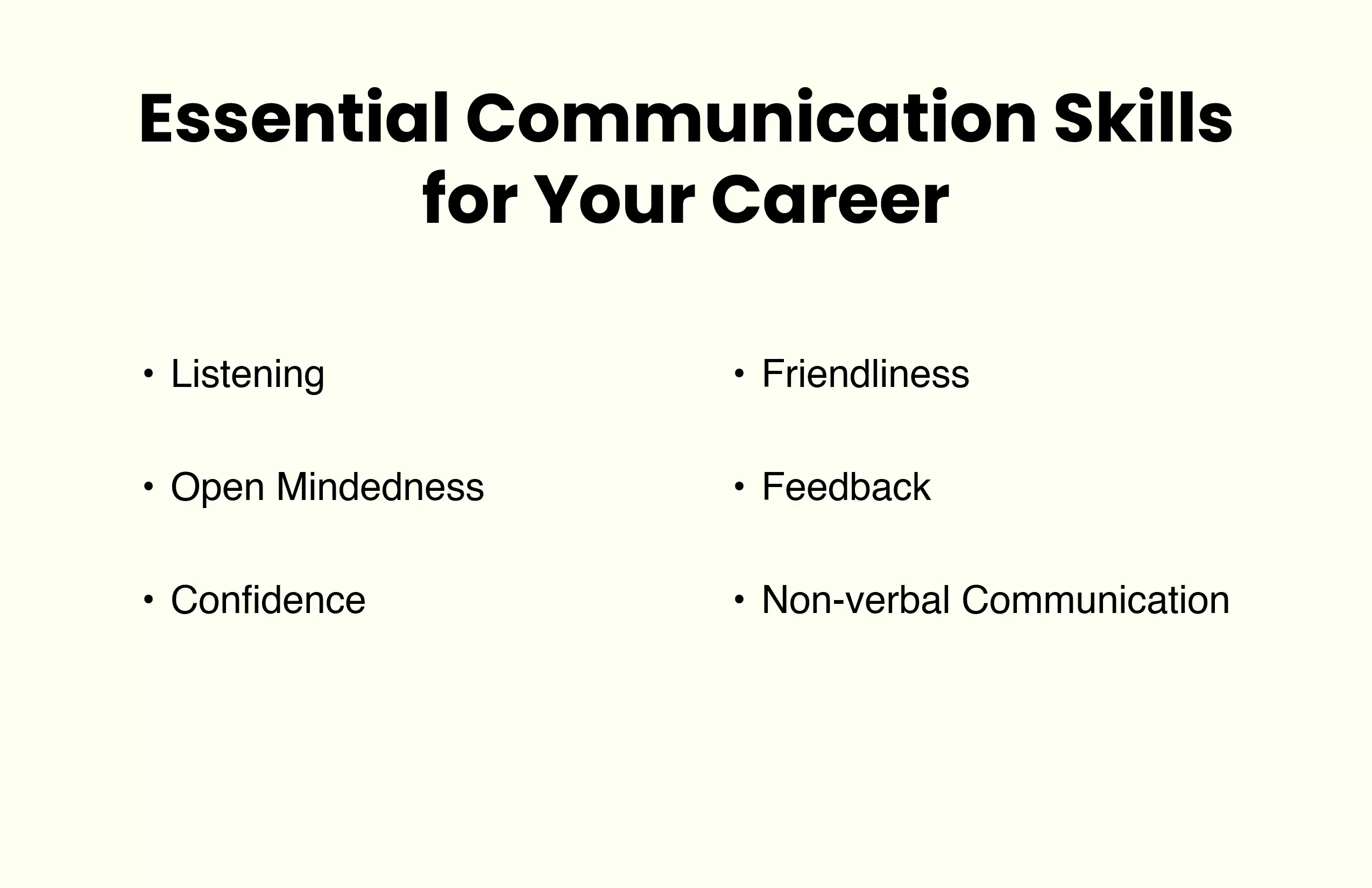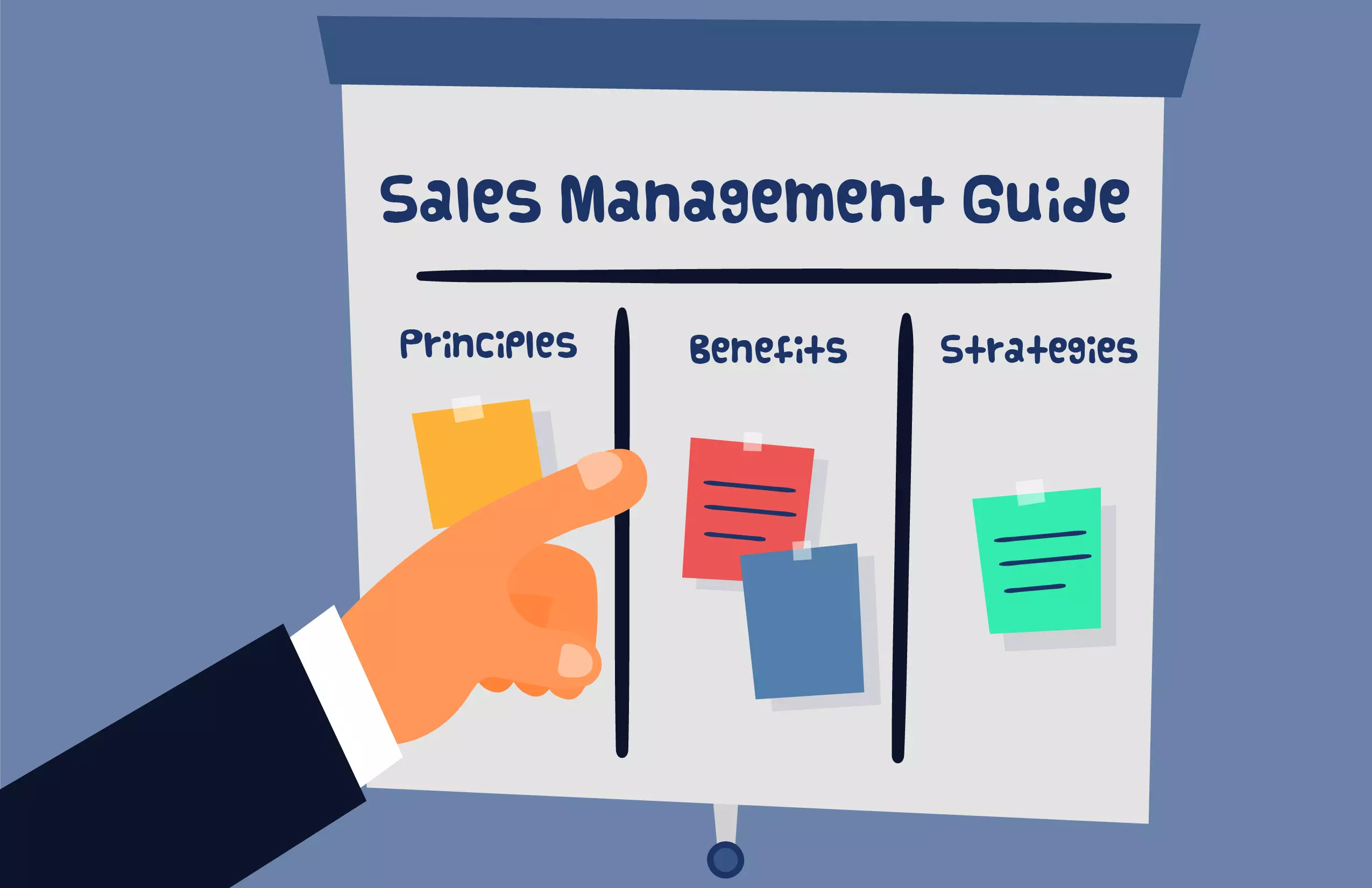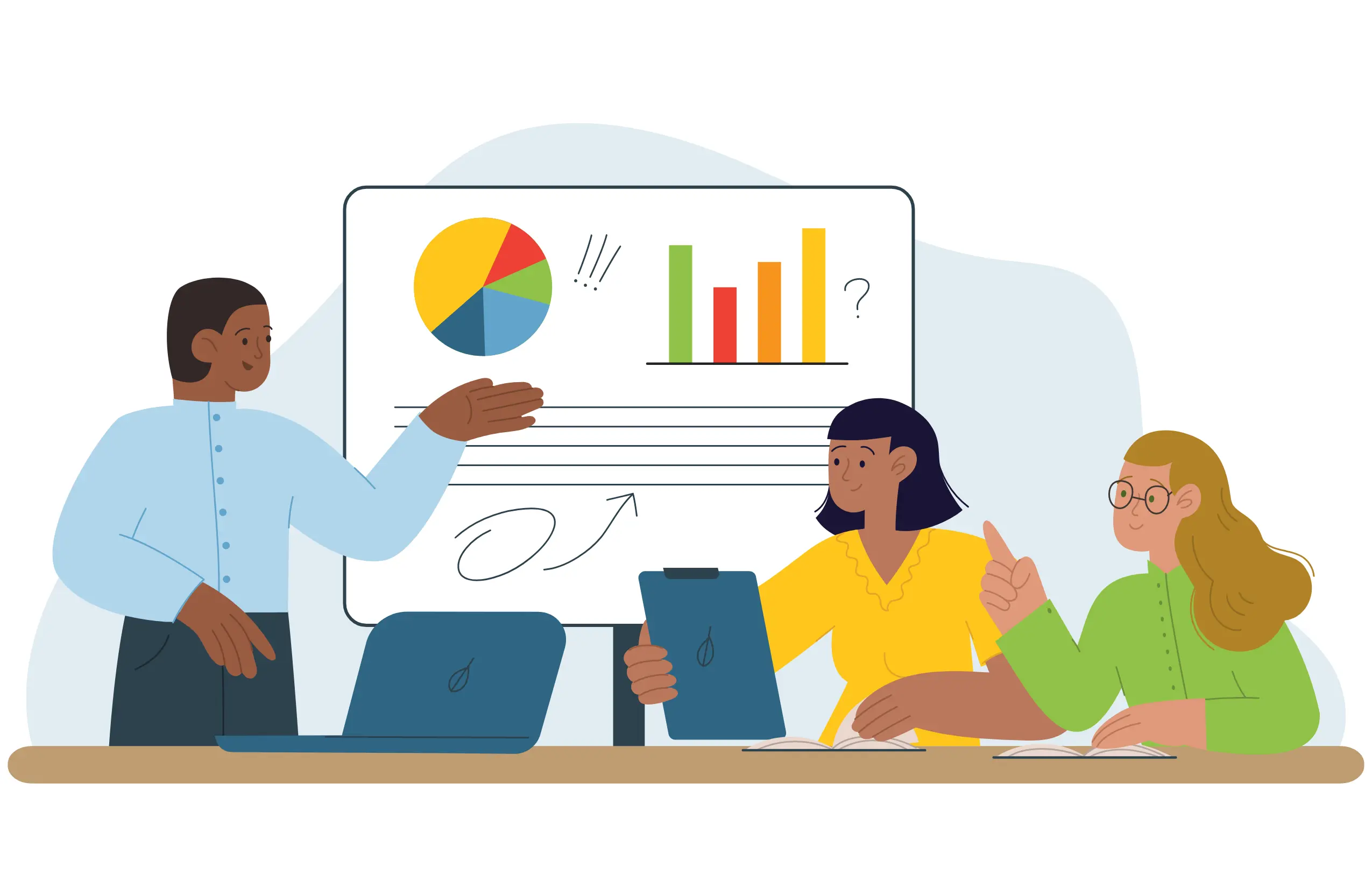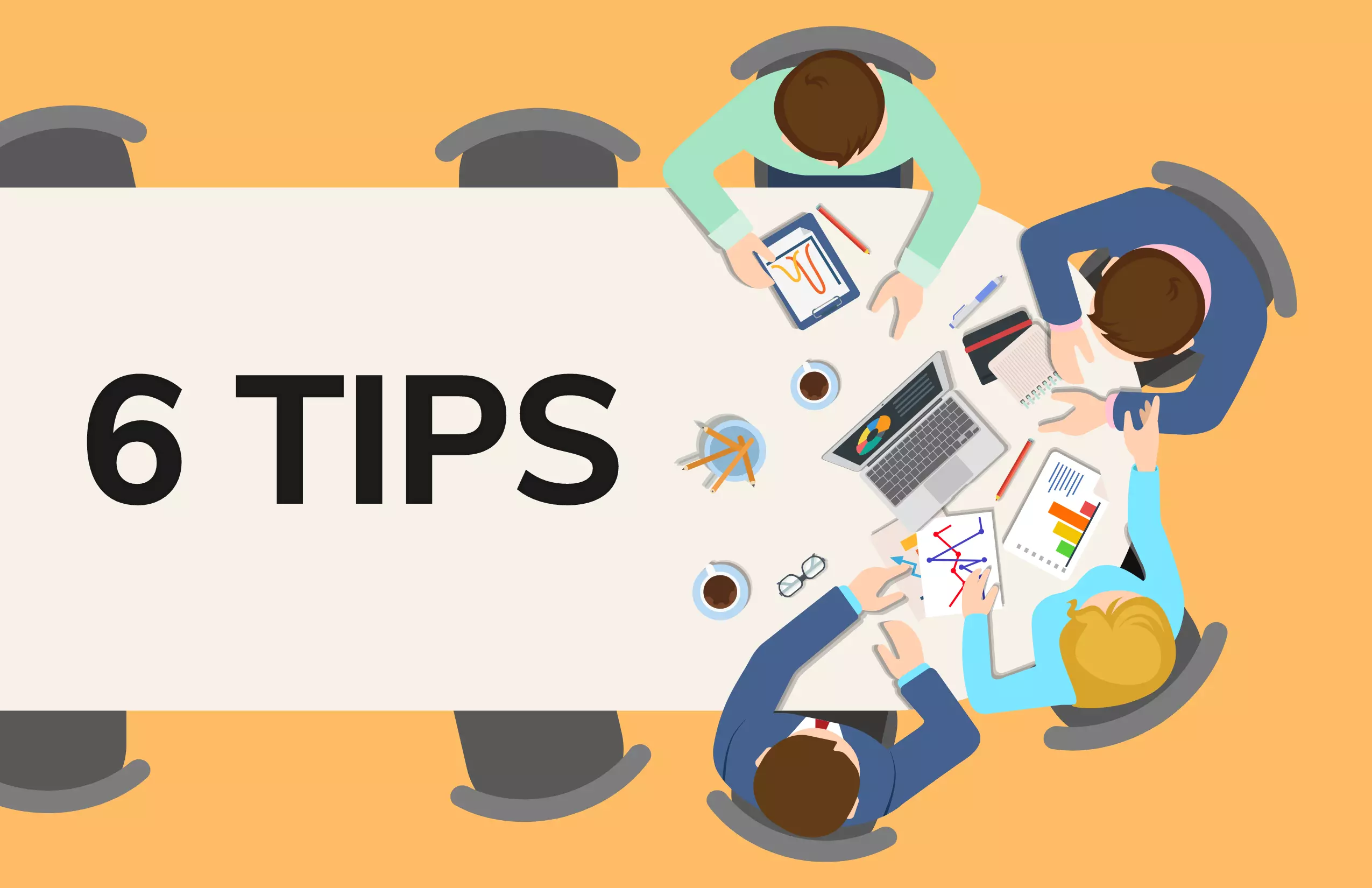
10 Fun Team-Building Activities To Improve Communication Skills In The Workplace
Table of Contents
One of the key elements in a team’s performance is effective communication. Without communicating effectively, members of the team are unable to exchange ideas, brainstorm, or build rapport. Teams that effectively interact with one another are just more productive and efficient altogether. Communication is usually seen as a “soft” skill since it is difficult to quantify. It is abstract in comparison to profits, loss, and sometimes even risk. Unless it’s horrible or not there at all.
Fun team-building activities are a broad category of exercises intended to improve communication skills among team members. Several team-building exercises focus on certain challenges, like understanding how others think, communicate, and handle problems. The goal of communication activities and games is to improve interpersonal relationships, including how we discuss knowledge and interact. These can be team or one-on-one activities, but the end result is exactly the same: it enables employees to strengthen their ability to relate and build interpersonal skills in the workplace.

List Of 10 Best Fun Team Activities To Improve Communication Skills In The Workplace
Blind Drawing
This game, which is one of the most popular communication activities, calls for a balanced number of players. The team is divided into two sections: “artist” and “speaker.” The speaker is required to offer instructions to the artist on how to draw a shape or picture of some type, such as a house or a tree. They must give drawing instructions to the artist. Success is determined by how perfect the drawings are. Usually, the positions are then reversed, giving each person a turn in each. Each round of the game will take 5 to 10 minutes.
It is possible to perform this activity several times to change up the partners, expand communication, refine ideas, and develop skills. To prevent anyone from guessing and drawing based on their previous experiences, it is important to make sure that there aren’t any repetitions in the stack of prospective drawings.
Don’t Listen
One of the interesting conversation starters is Don’t Listen, which tests members’ response-holding capacities. The activity usually involves two players, and it starts with one of them uttering something they don’t really want the other player to hear. The other individual will understand if they pay close attention. If the person is trying to answer, they can now only listen for the remaining two minutes. After two minutes, if the other player still hasn’t answered, they win the point and the game is over.
Companies can use this communication activity as a training exercise to improve their team’s interpersonal communications skills. It might be useful in improving teamwork and effective interactions among colleagues. Inside a team or company, it can efficiently foster stronger teamwork and communication qualities.
Two Truths And A Lie
The goal of the activity is to develop interaction and open communication among teammates. It’s a great icebreaker and effective with both in-person and remote teams. At the start of this activity, each team member will list two truths and one lie regarding themselves. When team members grow accustomed to pushing the limits, be ready for some delightfully ridiculous statements.
Which statement is untrue must be determined by the other team members. Add points to the game to increase the level of competition, for instance, award 1 point for every correct answer and 2 points to anybody who successfully deceived their whole team. The opportunity to get to know one another better is provided by this fun team-building activity.
Team Quizzes
Team quizzes can be a fantastic way to strengthen communication and foster a sense of teamwork. This can be a fantastic approach to incite some competitive spirits. Divide the team into subteams and then let them compete in a basic knowledge quiz or choose a particular topic that everyone is particularly interested in. Add additional trivia about each other to the quiz to give it a unique twist, then see who can answer the most questions about their teammates. Teams that have worked together for a long and developed a strong bond would benefit greatly from using this one.
Casual Debates
You’ll be transported back to the days in high school by casual debate activity. In fact, the idea is similar to mock debates. Two teams face off to provide opposing viewpoints on a topic. The situation can be significant and work-related. Another suggestion is to present outrageous topics for discussion, such as choosing between different brands or two team-building activities for the following event.
The winning team may then receive gift cards or a quick getaway. If there isn’t enough opportunity for everyone to debate, some team members can do so while the rest serves as judges. Workplace debate is a fantastic approach to hone your team’s argumentative and creative thinking skills.
Talk In Circles
This is a highly interesting and challenging game that involves much communication and cooperation among teammates. The team is requested to assemble a circle around a long string that is connected at the ends to create a circle. The team is then instructed to make shapes out of the string, including squares, rectangles, triangles, and figures.
The participants are instructed to repeat the activity while having their eyes covered or wearing blindfolds to up the level of difficulty. Selected members of the team may be “muted” at various stages to increase task complexity and complicate communication. This activity gauges a team’s level of trust and leadership.
Card Pieces
This activity is the best among those for efficient and fun communication team building because it is made to encourage teamwork. To group people up into three teams, you’ll need about 6 people for this activity. Take 5 play cards from the deck for each member of the team. Everyone will make a triangle out of a card by cutting it crosswise from one corner to the next. Give every team an envelope that holds an equal amount of pieces after mixing the pieces.
Teams must arrange their components in order to determine whether they can assemble some finished cards. The most crucial phase is the next one: offer them a few minutes to barter with their fellow teams for the pieces they require to finish their cards. Whichever team has the greatest number of finished cards is the winner. Through skillful communication, this fun team-building activity promotes empathy.
Body Language Speaker
Instruct employees to perform a sequence of gestures, such as tapping their nose, standing up, bending one knee, sitting down again, crossing their hands, etc. Do eight to ten gestures while displaying them and giving instructions. On giving the final instruction, while telling employees what to do, perform a completely different action.
Keep count of the number of people who did as you instructed and how many of them imitated your gestures. You’ll probably discover that the majority followed your gestures instead of paying attention to the instruction. How many of your employees caught the last mistake? Explain how this illustrates how body language can have a greater impact than your words. Utilize the exercise to highlight how crucial it is to be conscious of the message you are conveying with body language and the need to be certain that one is doing the right gestures.
Storytelling
Especially in huge business organizations, people might only bring a portion of themselves to work. Personal storytelling is one method we can strengthen our teams while developing our communication skills, which are vital social tools if we want to interact compassionately and form connections with our peers. Although there is no specific time or setting for storytelling, it works even better when it is followed by a request for feedback from the group.
Participants will develop a mechanism for knowledge transfer using the CCSG paradigm (Characters, Conflict, Struggle, Goal), which will enable us to draw from our personal narrative experiences. Maintain the stories’ focus on workplace advantages by using this straightforward narrative framework to create engaging, communicative narratives that your teammates can recollect to one another.
The Perfect Square
A lengthy stretch of rope tied together and blindfolds for each of the 5 to 20 participants are required for this activity. Participants should hold a piece of the rope as they stand in a circle. Ask everyone to move a little distance away from the circle after everyone has laid the rope down before putting on their blindfolds. Then, with their blindfolds still on, get everyone to return to the rope and attempt to make a square. Members of the team will need to demonstrate excellent leadership and communication skills in order to succeed in this activity. Tell some of the participants to keep mute to add to the difficulty.
Summing Up
One of the most difficult soft skills to acquire is communication. People communicate in a variety of ways, which increases the likelihood of misunderstanding and miscommunication. It can be challenging to communicate thoughts in a manner that is both comprehensible and clear. Teammates can practice communicating and sharing ideas in a fun, engaging, and low-pressure setting by playing fun communication games and activities.
These activities can strengthen a teammate’s communication and language skills, as well as their listening comprehension and communication awareness. Also, a lot of these activities foster communication in novel and unanticipated manners, which can help the team express themselves in a variety of ways at work.








